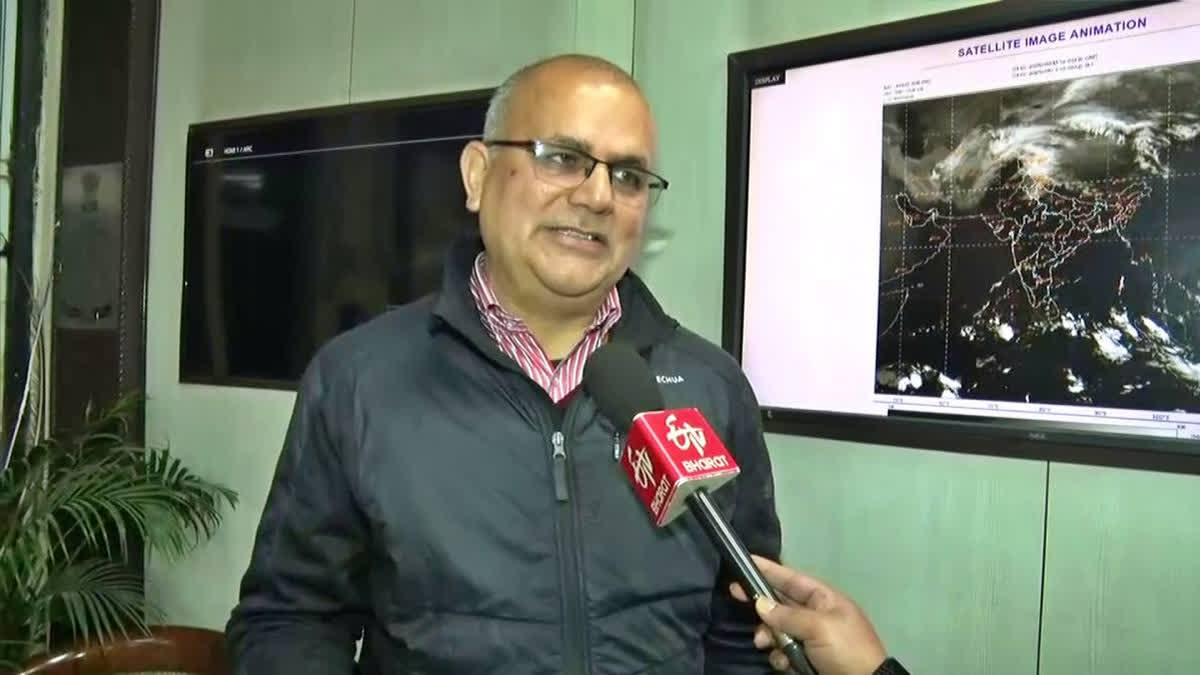New Delhi: The India Meteorological Department (IMD) forecasts below-normal rainfall for the January-March 2025 period for North India. The region, heavily reliant on winter precipitation for agriculture and water resources, faces significant challenges, especially with projections of an 86 per cent deficit compared to the Long Period Average (LPA) of 184.3 mm.
The IMD's latest weather bulletin indicates active weather systems influencing the region this week, with widespread fog, cold conditions, and a western disturbance set to bring isolated rainfall and snowfall.
Western Disturbances to Intensify
Dr Naresh Kumar, a scientist at IMD, explained the current weather patterns, stating, “Two western disturbances are presently active in cyclonic circulation over Jammu and nearby areas. These systems are expected to bring light to scattered snow in the Western Himalayan region on January 3 and 4, intensifying from January 5 to 6. Regions such as Jammu & Kashmir, Gilgit, Muzaffarabad, Baltistan, and Ladakh will experience heavy snowfall during this period, while the northwest plains may see scattered rains.”
Delhi, meanwhile, is expected to witness light rainfall on January 6. "The national capital has been under the grip of cold day conditions, with maximum temperatures hovering around 17°C and minimums around 8°C. Fog and smog will persist, reducing visibility and maintaining a chill,” Dr Kumar added.
Impacts on Agriculture and Water Resources
Winter precipitation is critical for North India, as it accounts for 18 per cent of the region’s annual rainfall, with Jammu & Kashmir and Ladakh depending on it for nearly a third of their yearly water supply. Below-normal rainfall could disrupt agricultural activities and strain water resources in states like Punjab, Haryana, Uttar Pradesh, and Himachal Pradesh.
Despite this, Dr Kumar highlighted some positive aspects. “January may see above-normal rainfall in certain pockets, providing temporary relief. However, a significant seasonal deficit is anticipated. While cold wave conditions haven’t been severe this year, we expect a brief period of intense cold after the western disturbances pass,” he said.
